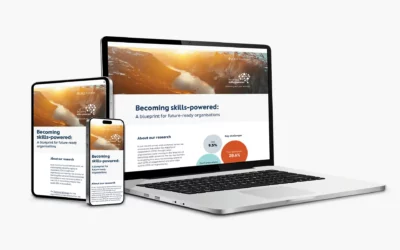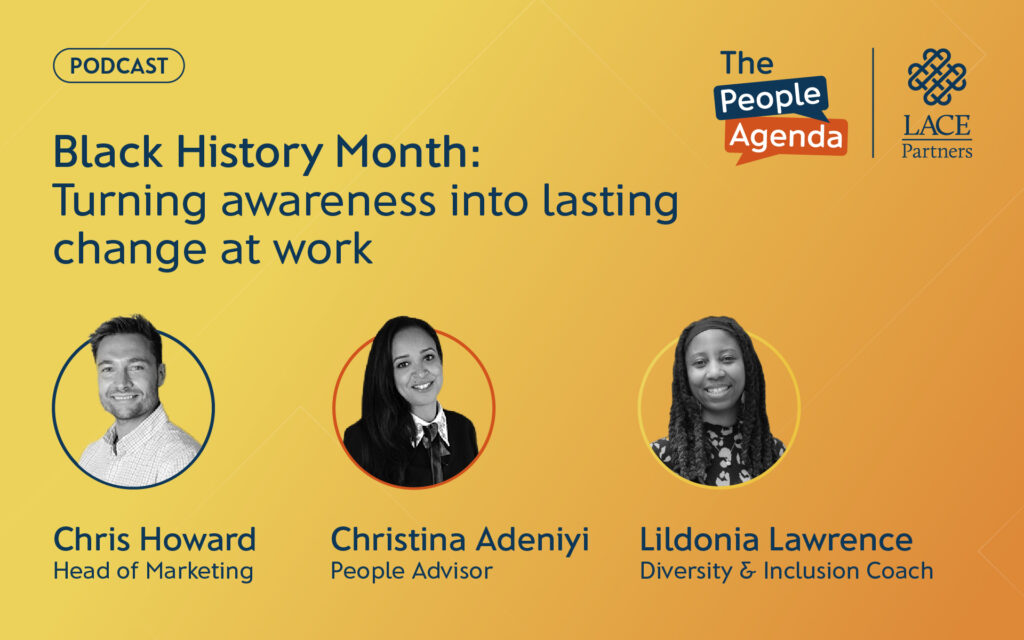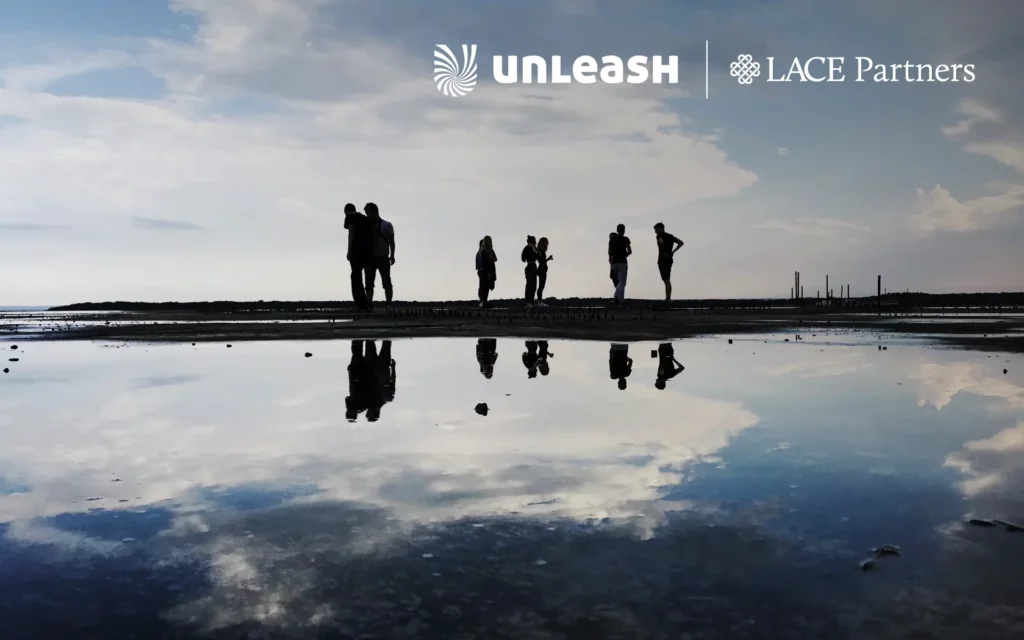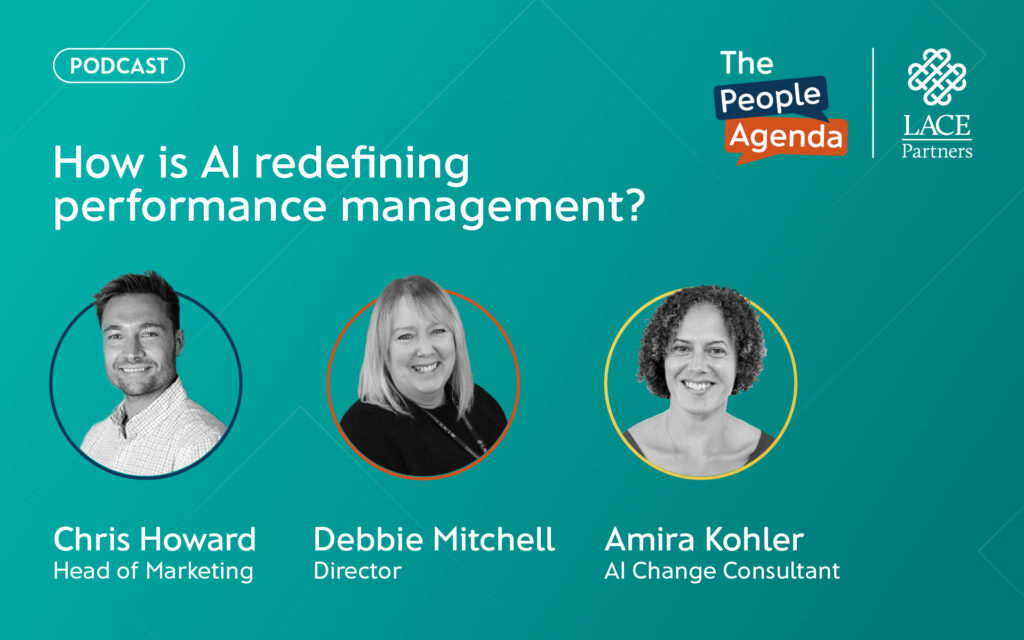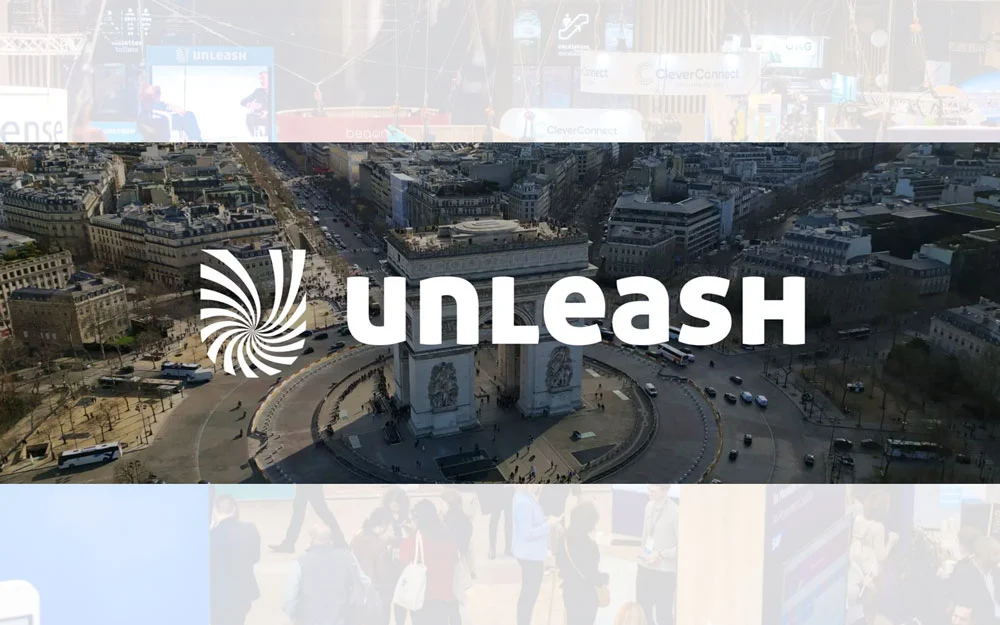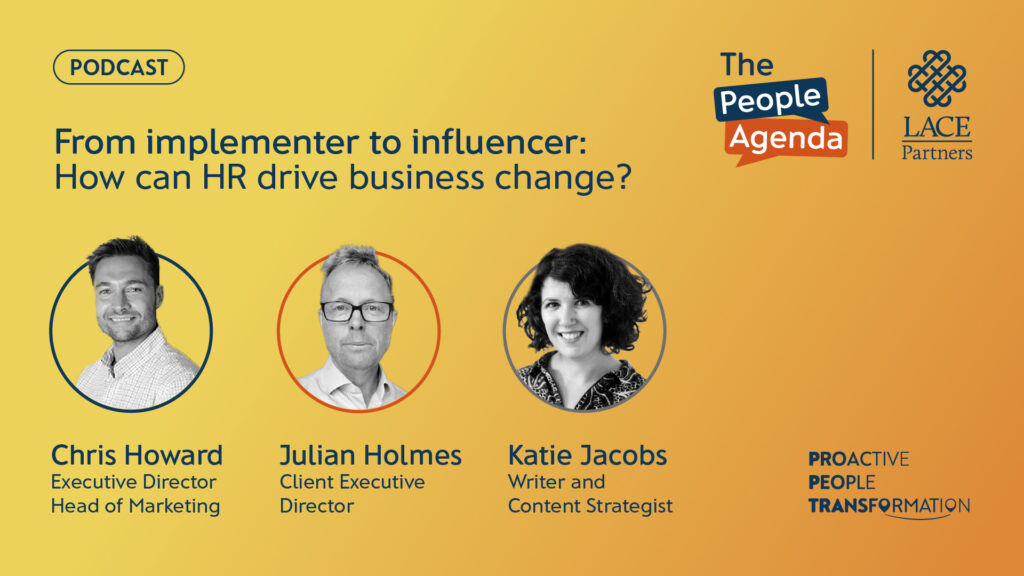Over the past six months, the UK labour market has experienced a consistent trend of job redundancies across multiple sectors. The adoption of Artificial Intelligence (AI) is often cited as a key accelerator in these job losses, particularly in the technology, administrative, customer service, and entry-level white‑collar sectors. Following the recent news of the challenges faced by Candy Crush game maker King in the way in which they handled the approach to reduce their workforce, citing AI as a major driver, we thought we’d dig into true causes of job losses, evaluate the strategic responses available to businesses, and outline a more humane and effective framework for managing workforce transitions. Manager Beth Willrich from our team gives a LACE perspective.
What is truly causing job losses?
Whilst the likes of Goldman Sachs have suggested that AI could replace 300 million jobs, and McKinsey has found that by 2030, 14% of employees will have been forced to change their career because of AI, there are wider economic factors driving job losses.
Candy Crush is not alone in organisations aiming to simplify their structures to improve efficiencies; however, this is not always as a direct result of AI.
Organisations are being forced to become more efficient with rising employer costs, such as employer national insurance and weaker consumer demands, due to tighter household budgets. AI is just one tool in the toolbox for organisations to become leaner and more efficient.
What strategic responses are available to businesses?
Whilst many organisations are using AI to reduce their workforce (Microsoft, IBM, Klarna, Ocado, Workday, Cisco, BT, Amazon…), is this the right move?
Evidence shows that often organisations that downsize need to rehire either because layoffs went too far or were poorly planned. Could this be the case with organisations rushing to drastically reduce their workforce in favour of AI?
Organisations could, instead, look at reskilling their workforce. Focusing on reskilling and internal mobility is known to be cheaper, more productive, boost employee morale, improve reputation, and increase an organisation’s agility and resilience.
How can organisations be more humane and effective when managing workforce transitions?
As we all know too well, sometimes there is ultimately a business requirement to reduce the workforce; however, an all-employee memo may not be the way to manage this!
Here are five key things organisations should do when managing workforce transitions:
1. Lead the change with empathy and respect
Put yourself in the shoes of your impacted colleagues and consider how you would want to be communicated with – this may not be consistent across the organisation, so it’s sometimes best to allow leaders to flex their communication approach based on their specific team’s needs. It may be necessary to provide managers with some guidance or training to ensure messages are delivered clearly but compassionately.
2. Communicate early and transparently
To encourage people to feel as if they are being brought on the journey of change with the organisation. Be open about the reason for the change and communicate how and when this could impact individuals. Ensure that employees are regularly updated – even if this is just to communicate that the timeline is on track and to remind them of what they can expect. Being transparent from the outset helps to build trust and reduce anxiety and rumours.
3. Build a strong and effective alumni network amongst
Those who will be leaving the organisation. We touched on earlier how organisations often find themselves needing to rehire employees they have let go; by ensuring you support your employees as they leave, organisations can build a strong alumni network of ex-employees to draw on.
Some good examples we have seen of organisations effectively supporting leavers include:
- Recognising the achievements of leavers and thanking them for their service, either through a personalised thank-you from leadership or hosting a farewell event
- Organising networking opportunities
- Offering practical outplacement support such as career coaching, letters of reference, LinkedIn endorsements, and retraining allowances
- Providing emotional support such as counselling, EAP access and mental health resources
4. Support the ‘survivors’
People who remain after redundancies often experience “survivor guilt,” stress, and disengagement. Communicate how roles will evolve, what their part is in the future organisation, and how the organisation plans to move forward. Whilst remaining sensitive to those who have been negatively impacted, try to build excitement for and buy-in to the future organisation. Offering guidance, support and recognition to ‘survivors’ can help to keep morale and productivity up.
5. Create a culture of continuous agility
Whilst this is a longer-term ongoing effort, building a culture where change is normalised and supported, not feared, can make future restructures and organisational changes seem less scary and more BAU for employees. It is important to prepare your workforce effectively for changes by offering ongoing development opportunities such as training, job rotation, and mentoring, so employees are always ready for what’s next. Workforce planning tools can help organisations to better anticipate future transitions and prepare proactively.
Balancing innovation with empathy: Navigating AI-driven workplace changes
As AI continues to reshape industries, it is undeniably accelerating workplace change by automating tasks, redefining roles, and, in some cases, making positions redundant. While AI offers enormous efficiency and innovation potential, its disruptive force can create anxiety, job displacement, and uncertainty for employees.
However, redundancies driven by AI are not just a technological issue, they are a human one.
Organisations have a responsibility to manage change ethically, transparently, and compassionately. The most forward-thinking companies are those that:
- Put people at the centre of AI transformation
- Anticipate displacement by proactively investing in reskilling and upskilling
- Treat redundancies not as transactions, but as transitions
- Communicate with empathy, clarity, and honesty
- Recognise contributions and offer genuine support for the future.
For further reading on LACE’s approach to AI via our TRUSTED framework, check out our blog here.
When organisations lead with humanity, balancing innovation with empathy, they not only protect their people and their brand but also build long-term trust, loyalty, and resilience.
In a future shaped by machines, it’s how we treat people that will define us.
Interested in speaking to our team about how you balance your AI approach to maximise efficiency within your business? Fill in the form below and let us know what you’re interested in talking about.





